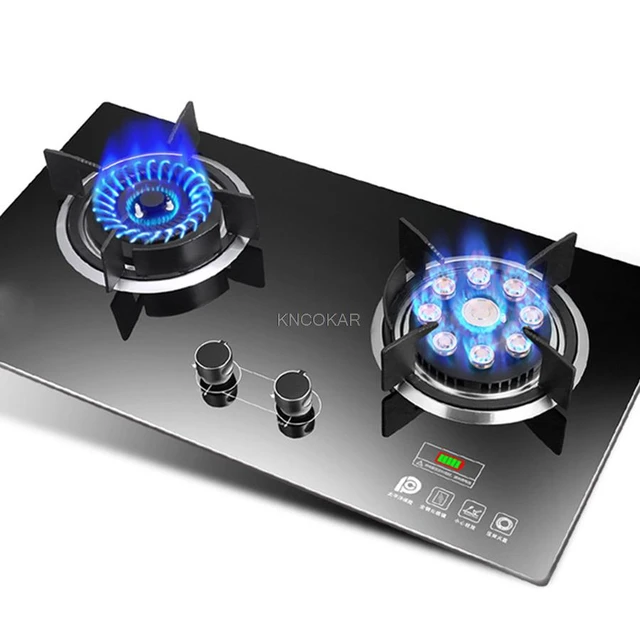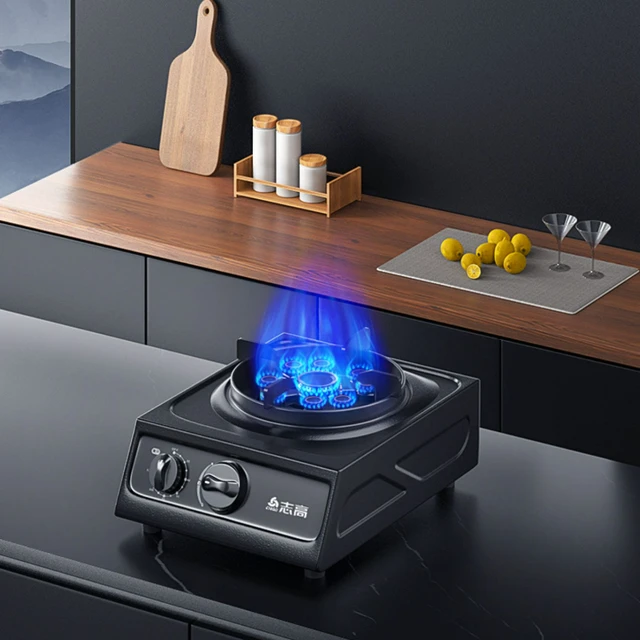Introduction:
Stoves play an essential role in our kitchens, providing a central cooking appliance for preparing meals. When it comes to selecting a stove, one common question that arises is about the average size. While stoves come in various sizes, there are standard dimensions that most manufacturers adhere to. In this article, we will explore the average size of a stove, discussing the different components and measurements that contribute to its overall dimensions. By understanding the typical size of a stove, you can better plan your kitchen layout and ensure that your chosen stove fits seamlessly into your culinary space.

What is the average size of a stove?
Understanding Stove Components:
a. Cooktop: The cooktop is the surface of the stove where the burners or heating elements are located. It provides the primary cooking surface for pots, pans, and other cookware. The size of the cooktop contributes to the overall dimensions of the stove.
b. Oven: The oven is the enclosed compartment beneath the cooktop that is used for baking, roasting, and other cooking methods. The size of the oven also contributes to the overall dimensions of the stove.
c. Control Panel: The control panel is usually located on the front of the stove and contains knobs, buttons, or touch controls for operating the cooktop and oven. The placement and design of the control panel can affect the overall size and dimensions of the stove.
Standard Stove Width:
a. Typically 30 Inches: The most common and standard width for a stove is 30 inches. This width is widely available and is suitable for most standard kitchen layouts and cabinetry designs.
b. Variations: While 30 inches is the standard width, stoves can come in variations such as 24 inches, 36 inches, or even 48 inches for professional-grade appliances. These variations cater to different kitchen configurations and specific cooking needs.
c. Compact Stoves: In smaller kitchens or where space is limited, compact stoves with widths of 20 or 24 inches may be chosen to maximize space efficiency. These compact stoves are designed to provide basic cooking functionality while conserving space.
Stove Height:
a. Typically 36 Inches: The height of a stove is typically around 36 inches, including the cooktop and oven components. This height is considered ergonomic and allows for comfortable use and access to the cooktop and oven.
b. Variations: The height of a stove can vary depending on the design and manufacturer. Some stoves may have a slightly taller or shorter profile to accommodate specific design preferences or kitchen configurations.
c. Adjustment Legs: Stoves often come with adjustable legs, allowing for minor adjustments to the height. This feature helps ensure that the stove is leveled and stable on uneven flooring surfaces.
Stove Depth:
a. Typically 25 to 28 Inches: The depth of a stove, from the front of the cooktop to the back of the oven, is generally around 25 to 28 inches. This depth provides sufficient space for the cooktop burners and oven compartments.
b. Variations: The depth of a stove can vary depending on the manufacturer and specific model. Some stoves may have a deeper or shallower profile to accommodate specific design features or functionality.
c. External Clearance: When considering the depth of a stove, it is important to account for additional clearance space needed around the stove. The stove should have enough clearance from adjacent cabinetry or walls to ensure safe operation and avoid heat damage.
Other Considerations:
a. Trim and Backsplash: The addition of trim or a backsplash can slightly increase the overall dimensions of a stove. These components may extend beyond the cooktop or oven, adding a decorative or functional element to the stove’s appearance.
b. Ventilation Hood: If you plan to install a ventilation hood above the stove, consider its dimensions in relation to the stove’s size. The ventilation hood should adequately cover the cooktop dimensions and provide sufficient clearance for effective ventilation.
c. Custom Stoves: In some cases, custom stoves may be designed to fit specific kitchen layouts or cater to unique culinary requirements. These custom stoves can have dimensions that deviate from standard sizes to accommodate specific needs.
Conclusion:
The average size of a stove is typically 30 inches in width, 36 inches in height, and 25 to 28 inches in depth. These dimensions provide a standard guideline for most stoves available in the market. However, variations in size, including compact stoves and professional-grade stoves, cater to different kitchen configurations and specific cooking needs. When selecting a stove, consider the available space in your kitchen, the size of your cabinetry, and any design features or functionality requirements. By understanding the average size of a stove and considering these factors, you can choose a stove that fits seamlessly into your kitchen and meets your culinary aspirations.

